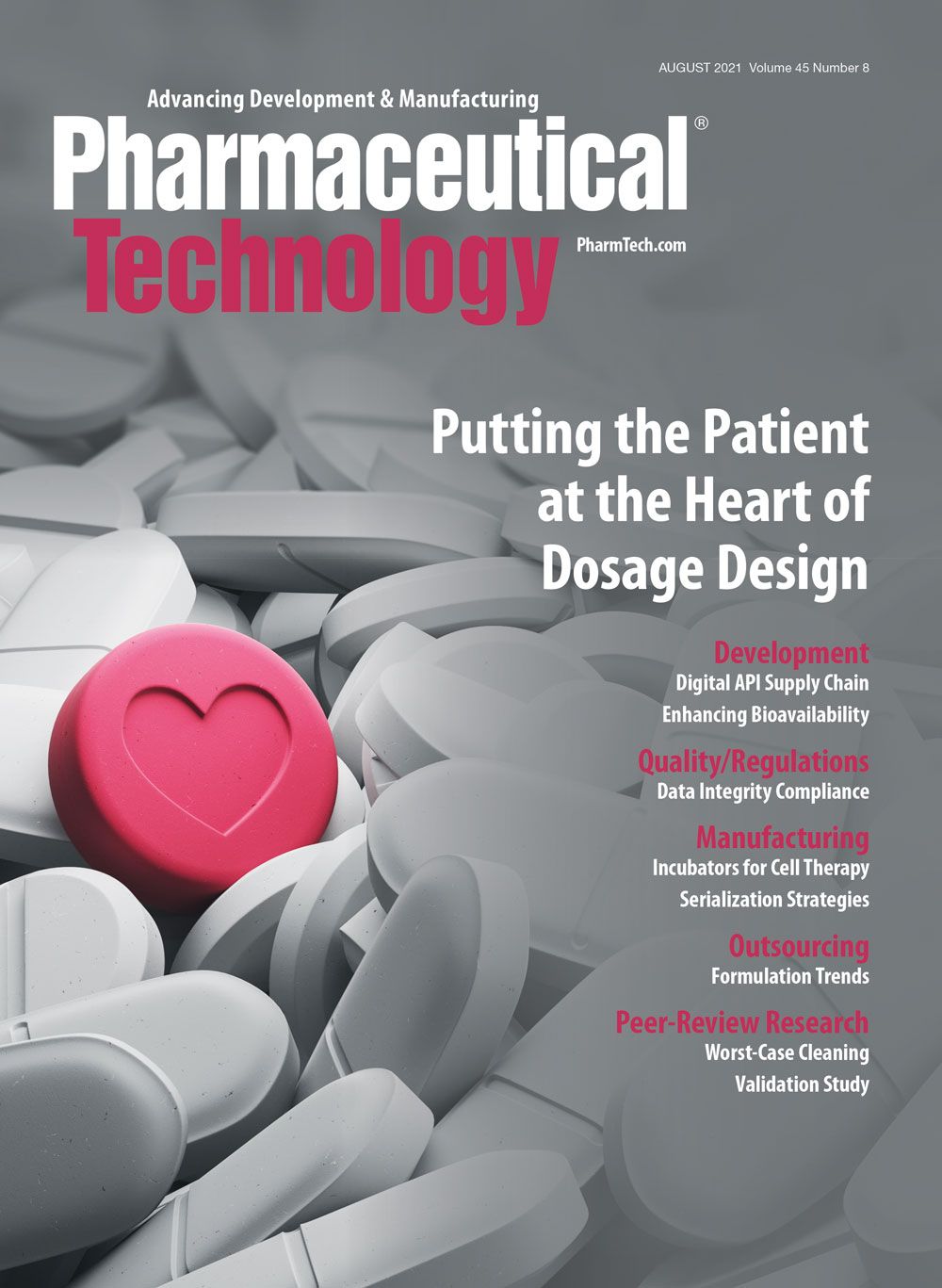FDA Prioritizes Vaccine Review and Process Improvements
Full approval of COVID-19 vaccines may increase public confidence, but better coordination in development and review is needed.
As federal officials struggle to boost US vaccination rates to combat the coronavirus pandemic, manufacturers and regulators are responding with efforts to file and evaluate biologics license applications (BLAs) for COVID-19 vaccines to further assure the public of product effectiveness and safety. The rise of COVID variants has made public health officials anxious to expand immunity more widely and quickly in areas with low vaccination rates, and experts hope that full approval of existing and new vaccines will increase public confidence in their value.
The top priority for the Center for Biologics Evaluation and Research (CBER) is to approve BLAs for COVID vaccines to address vaccine hesitancy, said CBER Director Peter Marks. He emphasized that the agency is working to “move this forward” as quickly as possible in remarks at the Drug Information Association (DIA) virtual annual meeting on June 30, 2021. Even if full approval encourages only 5% more individuals to get vaccinated, “that will make a difference,” he observed, adding that “having an approved vaccine may help.”
FDA won plaudits this past year for devising a clear and pragmatic process for awarding Emergency Use Authorization (EUA) for COVID-19 vaccines able to meet high standards for product safety and efficacy. Although the three vaccines with EUAs have experienced few adverse events and have provided clear protection against infection for much of the population, strong vaccine hesitancy is limiting efforts to expand these gains. With variants and another wave of COVID-19 infections threatening [or emerging], FDA officials recognize that full BLA approval may help counter concerns about the “experimental” nature and limited testing of the available preventives.
To move forward, Pfizer initiated a rolling submission of a BLA on May 7, 2021, initially filing existing preclinical and clinical information, with manufacturing and facility data to come. On July 16, 2021, FDA formally accepted the company’s BLA for individuals age 16 and older and granted the application priority review (1). Moderna announced on June 1, 2021, that it also had launched a rolling BLA submission, with an eye to gaining priority review and approval by year-end (2). FDA acknowledges that BLAs require more information than the initial EUAs, including data from conformance lots, full characterization reports, additional facility inspections, closer scrutiny of individual safety cases, and more follow-up on adverse events. Marks explained in a letter to The New York Times that CBER staff can’t turn around such evaluations in a few weeks but will require several months to fully assess the complete data (3). Marks emphasized that the review of applications for full approval of COVID-19 vaccines is “one of the highest priorities” at FDA, but that the extensive additional manufacturing and clinical information warrants a “high-quality review” to avoid undermining the public trust in the agency.
Even so, some public health authorities have criticized FDA for moving too slowly in processing the BLAs, while others agree with Marks that any appearance of hasty action or incomplete oversight may only aggravate latent fears.
Future efficiencies
In planning for more efficient and effective vaccine development for the next epidemic or pandemic, FDA and manufacturers agree that master protocols would be helpful, as would the early designation of a single central laboratory to handle testing and assays across different platforms. A valid concern is that each of the approved vaccines from Moderna, Pfizer-BioNTech, and Johnson & Johnson was tested and developed using different endpoints and assays and without head-to-head comparisons. At the DIA meeting, Marks acknowledged that early on there was consideration of establishing a master protocol to test three or four initial vaccine candidates with one control group, but that timing issues prevented that approach. Waiting for all manufacturers to be ready for clinical studies would have delayed product approvals for three or four months, he explained, which most likely would have increased COVID deaths.
Marks also cited the need for better strategies to quickly scale up vaccine production, acknowledging that manufacturing drug substance and drug product is “a huge issue.” That doesn’t mean building more plants to have them sitting there until needed, Marks said. For vaccine manufacturing, one needs productive facilities that can shift from “slow simmer” to “low boil” very quickly. Here advanced manufacturing methods may be important, with disposable and modular systems that can be easily transported to support production on a global basis. And although vaccine manufacturing requires considerable expertise, semi-automated processes would be more scalable and require a smaller, but still highly skilled, cadre of workers.
Manufacturers also are looking for more common guidance and requirements from regulators around the world, and less “global disharmony” in policies and standards. Marks and others acknowledged that regulators could do more to come together and avoid claims that their vaccine is better than others. An initial area for collaboration may involve determining the need for COVID vaccine boosters or new preventives for variants. There also is interest in agreeing on what tests or measures would support boosters and or the need for annual COVID-19 vaccines.
Conversely, Marks noted, different authorities working at cross purposes and promoting diverse claims will only spur vaccine hesitancy and may delay efforts to bring the pandemic to an end.
References
1. BioNTech, “U.S. FDA Grants Priority Review for the Biologics License Application for Pfizer-BioNTech COVID-19 Vaccine,” Press Release, July 16, 2021.
2. Moderna, “Moderna Announces Initiation of Rolling Submission of Biologics License Application (BLA) with U.S. FDA for the Moderna COVID-19 Vaccine,” Press Release, June 1, 2021.
3. Peter Marks, “The F.D.A. on the Vaccine Reviews: ‘We Want to Assure the Public’,” The New York Times, July 9, 2021.
About the author
Jill Wechsler is Washington editor at Pharmaceutical Technology.
Article details
Pharmaceutical Technology
Vol. 45, No. 8
August 2021
Pages: 14–15
Citation
When referring to this article, please cite it as J. Wechsler, "FDA Prioritizes Vaccine Review and Process Improvements," Pharmaceutical Technology 45 (8) 2021.
